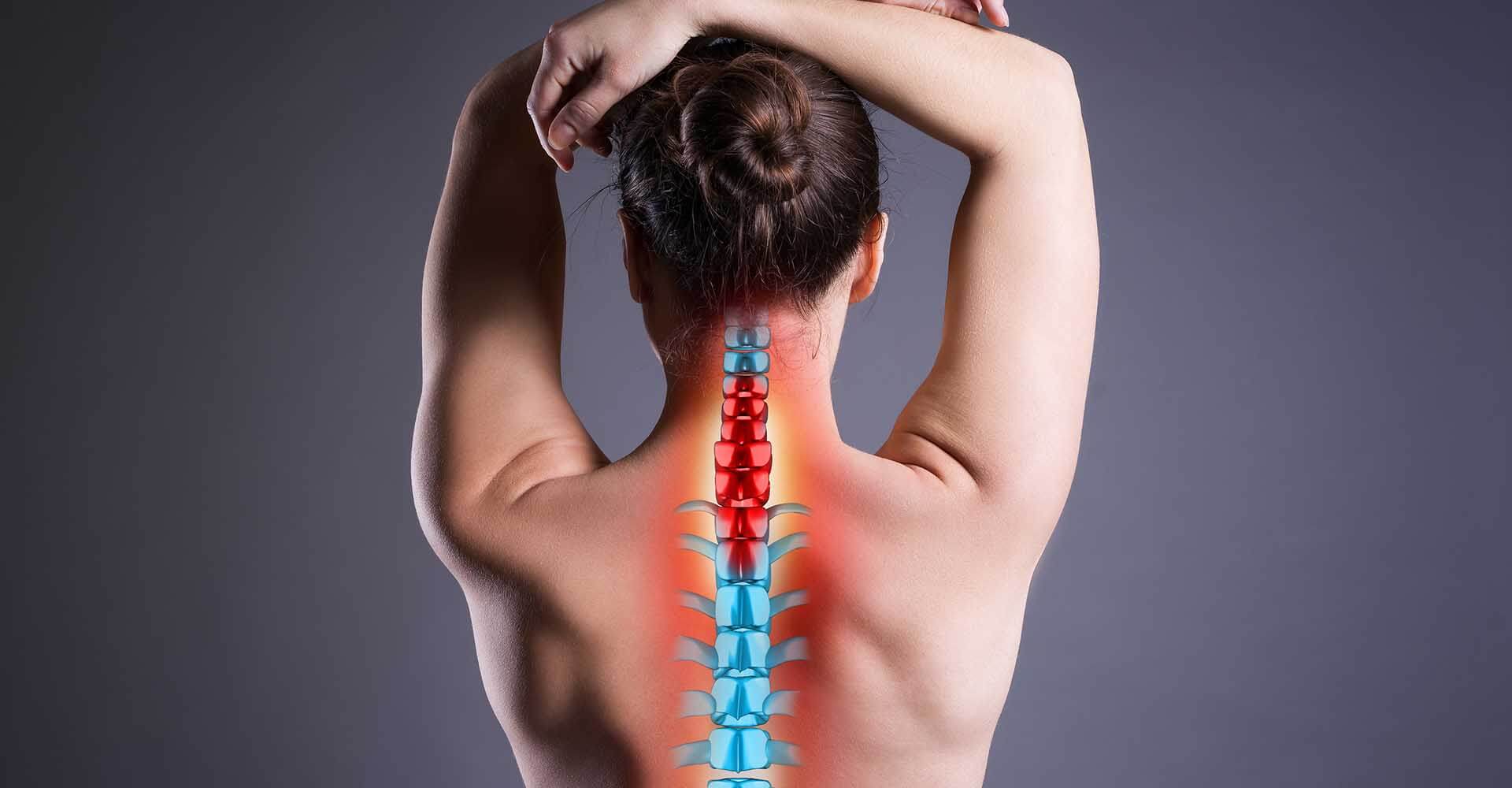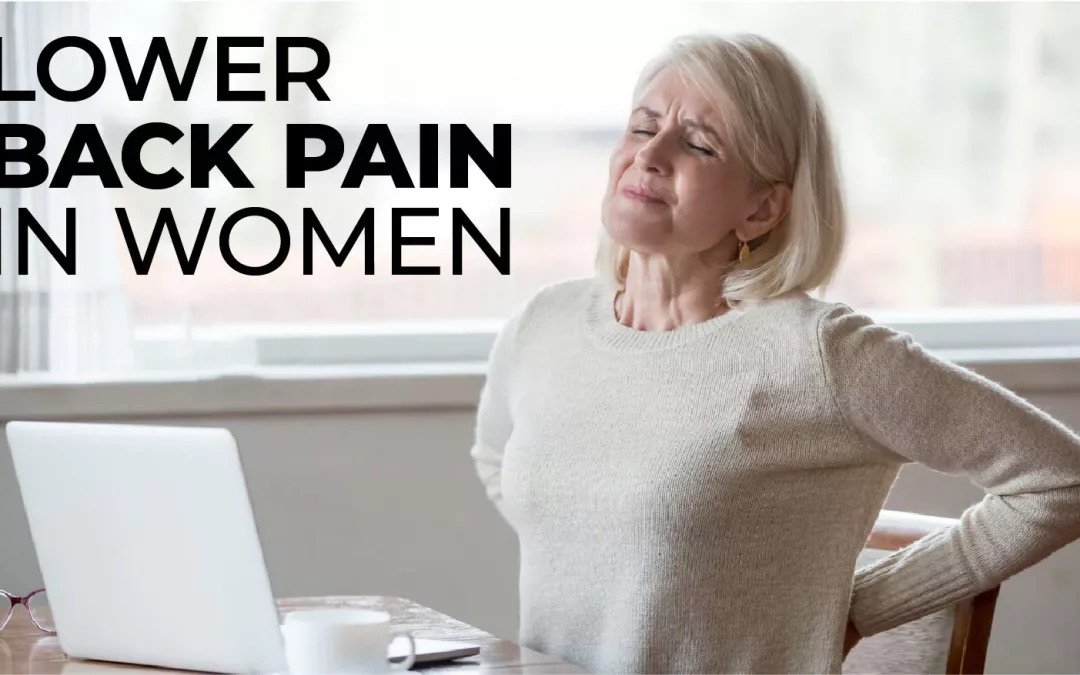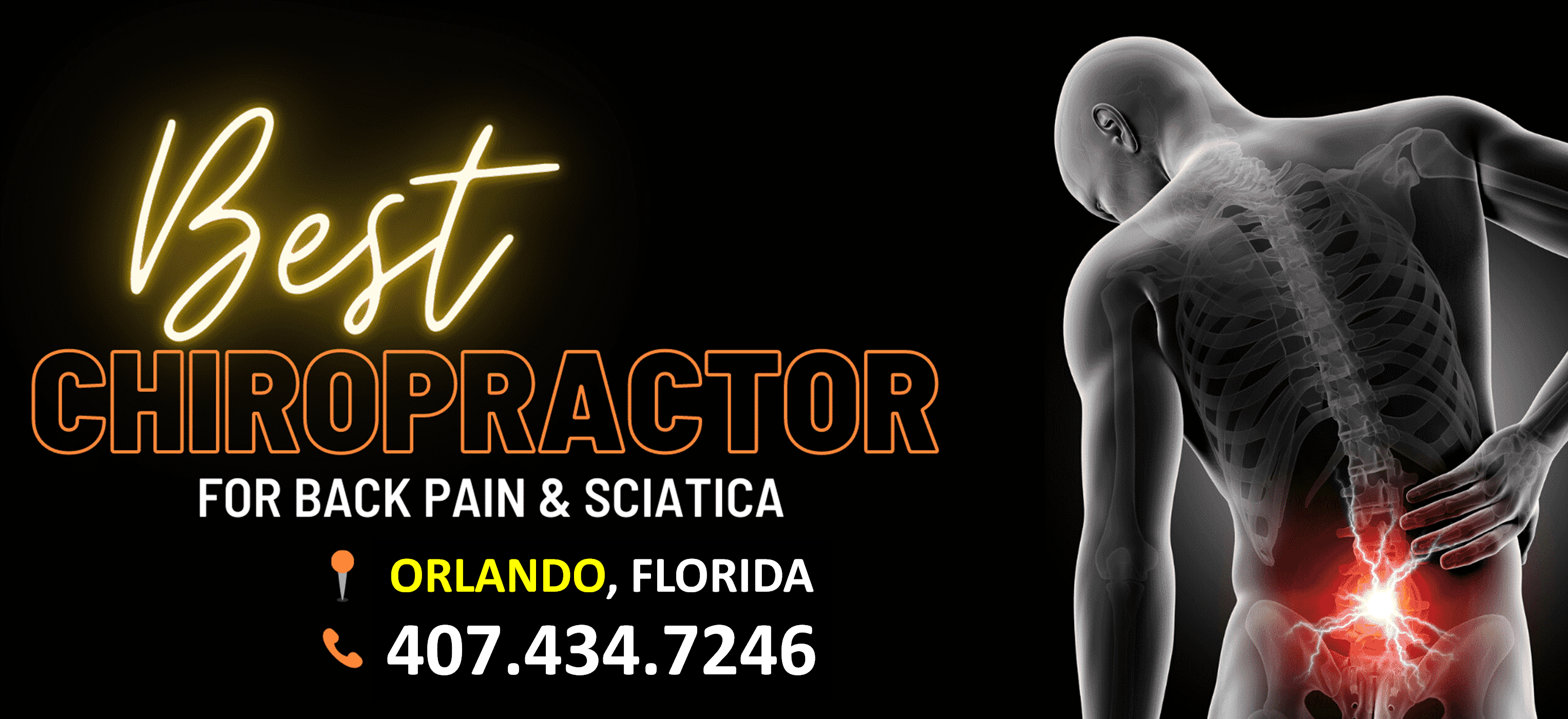Exploring the Complex Causes of Lower Back Pain in Females
Lower back pain is a common health concern that affects people of all ages and genders. However, females often face unique challenges when it comes to lower back pain. What causes lower back pain in females?Factors such as pregnancy, hormonal changes, and differences in anatomy can make women more susceptible to this discomfort. In this comprehensive blog post, we will delve into the multifaceted causes of lower back pain in females, exploring both the physical and lifestyle-related factors that contribute to this prevalent issue.
Understanding Lower Back Anatomy

Before we explore the specific causes of lower back pain in females, it’s essential to understand the anatomy of the lower back. The lower back, or lumbar region, is a complex network of bones, muscles, ligaments, and nerves. It plays a crucial role in providing support and stability to the upper body while allowing for flexibility and movement.
Pregnancy-Related Causes

One of the most common causes of lower back pain in females is pregnancy. During pregnancy, a woman’s body undergoes significant physiological changes to accommodate the growing fetus. These changes can put excessive strain on the lower back and lead to discomfort. Some pregnancy-related factors include:
a. Weight Gain: Pregnant women often experience weight gain, which can place added stress on the lower back, leading to pain.
b. Postural Changes: As the baby grows, a woman’s center of gravity shifts forward, causing changes in posture that can strain the lower back.
c. Hormonal Changes: During pregnancy, the body releases hormones like relaxin, which loosen ligaments and joints to prepare for childbirth. While this is necessary for the birthing process, it can result in lower back pain.
d. Abdominal Muscle Separation: In some cases, the separation of the abdominal muscles, known as diastasis recti, can occur during pregnancy, weakening the core muscles and contributing to lower back pain.
Hormonal Influences

Hormones play a crucial role in the female body and can influence various aspects of health, including lower back pain. Hormonal fluctuations, especially during the menstrual cycle, can affect the perception of pain and muscle tension. Key factors include:
a. Menstrual Cramps: Many women experience menstrual cramps, which can radiate to the lower back and cause pain.
b. Hormone-Induced Muscle Tension: Hormonal changes can lead to increased muscle tension, potentially causing or exacerbating lower back pain.
Gynecological Conditions

Several gynecological conditions can contribute to lower back pain in females. Some of these conditions include:
a. Endometriosis: Endometriosis is a condition in which tissue similar to the lining of the uterus grows outside the uterus. This can lead to severe menstrual pain and lower back discomfort.
b. Fibroids: Uterine fibroids are noncancerous growths of the uterus that can cause back pain, especially when they press on nerves or affect the pelvic region.
c. Ovarian Cysts: Ovarian cysts, which are fluid-filled sacs in or on the ovaries, can lead to lower back pain when they grow large or rupture.
d. Pelvic Inflammatory Disease (PID): PID is an infection of the female reproductive organs, which can result in lower back pain, particularly in advanced cases.
Structural Issues

While people share similar lower back anatomy, differences in pelvic structure and the alignment of the spine can contribute to lower back pain in females. These structural issues include:
a. Pelvic Tilt: The female pelvis is broader and differently shaped than the male pelvis, which can affect the alignment of the spine and increase the risk of lower back pain.
b. Hyperlordosis: Hyperlordosis, an excessive inward curvature of the lumbar spine, is more common in females and can lead to lower back pain.
c. Scoliosis: Scoliosis, an abnormal lateral curvature of the spine, is more prevalent in females and can result in uneven pressure on the lower back.
Physical Inactivity and Weak Core Muscles

Lifestyle factors play a significant role in lower back pain in females. Physical inactivity and weak core muscles can contribute to poor posture and limited support for the lower back. Factors related to physical inactivity include:
a. Sedentary Jobs: Many females have jobs that require prolonged sitting, which can lead to weakened core muscles and contribute to lower back pain.
b. Lack of Exercise: A lack of regular exercise can lead to muscle imbalances and decreased core strength, making the lower back more susceptible to pain.
c. Obesity: Excess body weight can strain the lower back, especially if it accumulates in the abdominal area, altering the spine’s alignment.
Psychological Factors

Psychological factors can also influence lower back pain in females. Stress, anxiety, and depression can lead to muscle tension and make the perception of pain more severe. Additionally, psychological factors can impact lifestyle choices, such as poor posture or inactivity, which contribute to lower back pain.
Lifestyle Choices

The way a woman chooses to live her life can have a significant impact on lower back health. Several lifestyle choices can contribute to lower back pain:
a. Smoking: Smoking is linked to decreased blood flow and nutrient delivery to the spine, potentially increasing the risk of lower back pain.
b. High Heels: Wearing high heels frequently can lead to an unnatural curvature of the spine and increased pressure on the lower back.
c. Poor Posture: Sitting or standing with poor posture can put undue stress on the lower back, leading to discomfort over time.
d. Heavy Lifting: Incorrect lifting techniques or lifting heavy objects can strain the muscles and ligaments of the lower back.
e. Sleep Position: Sleeping in an improper position or on an unsupportive mattress can cause or exacerbate lower back pain.
Repetitive Movements and Overuse

Repetitive movements and overuse injuries can be a source of lower back pain in females, especially for those engaged in physically demanding jobs or activities. Such movements can strain the muscles, ligaments, and joints in the lower back. Common examples include:
a. Repetitive Lifting: Jobs that involve repetitive lifting, such as in healthcare or manual labor, can strain the lower back muscles and lead to pain.
b. High-Impact Exercise: Some sports or exercise routines involve high-impact activities, like running, which can lead to lower back pain if not performed with proper technique and conditioning.
Age-Related Changes

As women age, they are more prone to age-related changes in the spine and musculoskeletal system, which can contribute to lower back pain. Some of these changes include:
a. Degenerative Disc Disease: Over time, the intervertebral discs between the vertebrae can degenerate, causing pain and reducing spinal flexibility.
b. Osteoporosis: Osteoporosis, a condition characterized by weakened bones, can lead to vertebral compression fractures and subsequent lower back pain.
c. Arthritis: Arthritis, such as osteoarthritis or rheumatoid arthritis, can affect the spine and contribute to lower back pain.
Prevent Lower Back Pain

Now that we have explored the numerous causes of lower back pain in females, it’s crucial to address prevention and management strategies. The following tips can help women reduce their risk of developing lower back pain or alleviate existing discomfort:
- Maintain a Healthy Weight: Maintaining a healthy weight through a balanced diet and regular exercise can reduce the strain on the lower back.
- Engage in Regular Exercise: Incorporate exercises that strengthen the core muscles and promote flexibility. Yoga, Pilates, and swimming are excellent options.
- Pay Attention to Posture: Be mindful of your posture when sitting or standing. Use ergonomically designed furniture and make necessary adjustments to support your lower back.
- Use Proper Lifting Techniques: When lifting heavy objects, remember to bend at the knees, keep the object close to your body, and engage your leg and core muscles.
- Avoid High Heels: Minimize the use of high heels or opt for lower-heeled shoes to maintain a more natural spinal alignment.
- Manage Stress: Practice stress management techniques, such as meditation, deep breathing, or mindfulness, to reduce muscle tension and the perception of pain.
- Stay Active and Hydrated: Regular physical activity and proper hydration support spinal health by maintaining disc hydration and circulation.
- Sleep on a Supportive Mattress: Invest in a mattress that provides adequate support for your lower back and promotes proper spinal alignment.
- Seek Professional Help: If you experience chronic or severe lower back pain, consult a healthcare provider, such as a physician, physical therapist, or chiropractor, for evaluation and personalized treatment recommendations.
- Treat Gynecological Conditions: For women experiencing lower back pain due to gynecological conditions like endometriosis or fibroids, work with a healthcare specialist to manage and treat these conditions effectively.
Conclusion: Lower Back Pain in Females
Lower back pain is a prevalent issue that affects many females, often due to a combination of physical, hormonal, and lifestyle factors. Understanding the various causes of lower back pain in females is the first step toward prevention and effective management. By maintaining a healthy lifestyle, including regular exercise, proper nutrition, and stress management, women can reduce their risk of experiencing lower back pain. Additionally, seeking professional guidance when needed can provide valuable insights and treatment options to alleviate discomfort and improve overall spinal health.
Remember that every woman’s experience with lower back pain is unique, and what works best for one person may not be suitable for another. The key is to listen to your body, seek appropriate medical advice, and take steps to ensure the health and well-being of your lower back.
BEST CHIROPRACTOR NEAR ME IN ORLANDO, FLORIDA
CALL NOW +1-407-434-7246
If you have suffered any type of injury or have been experiencing pain that just won’t go away regardless of what you do, then all you have to do is call and speak with our friendly staff. Find Best Chiropractic Care in Orlando, Florida. Our team can help you get the treatment you need and ensure that the pain you experience is alleviated – once and for all.
We are proud to serve the areas of Orlando, Altamonte Springs, Haines City, Plant City, Kissimmee, Winter Haven, and Ocala.
Contact us for Chiropractor near me in Orlando, Florida for an Appointment Today.
What can cause lower back pain in a woman?
A variety of factors can cause lower back pain in females. While some causes are common to all sexes, conditions and factors specifically related to lower back pain among females include menstrual pain, endometriosis, pelvic inflammatory disease, fibroids, pregnancy-related back pain, ovarian cysts, and adenomyosis.
What are two common causes of lower back pain?
Lower Back Pain. Lower back pain is very common. It can result from a strain (injury) to muscles or tendons in the back. Other causes include arthritis, structural problems and disk injuries.
Can hormones cause low back pain?
Estrogen also helps to maintain tissues that contain collagen, which can be found in intervertebral discs. Research has associated the lower estrogen levels that follow menopause to more severe lumbar disc degeneration and increased lower back pain in women when compared to men of a similar age.
Can stress cause back pain?
Overall, stress can be linked to back pain in several ways: Muscle tension: Stress can cause the muscles in your back to tense up, which can lead to stiffness and pain. Increased sensitivity to pain: Stress can make the body more sensitive to pain.
Is lower back pain a serious problem?
In many cases lower back pain stops on its own. But if it doesn't, here are some guidelines on when you may want to start seeking professional help: If the pain lasts four weeks or longer. If the pain keeps getting worse as time goes by.




